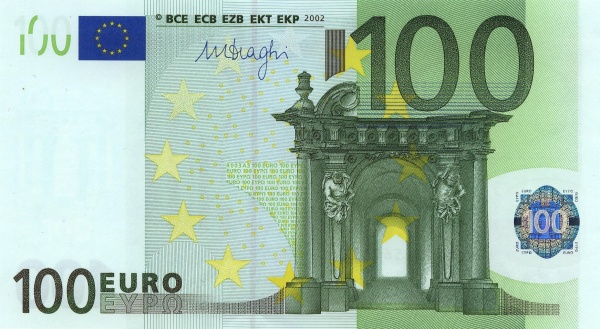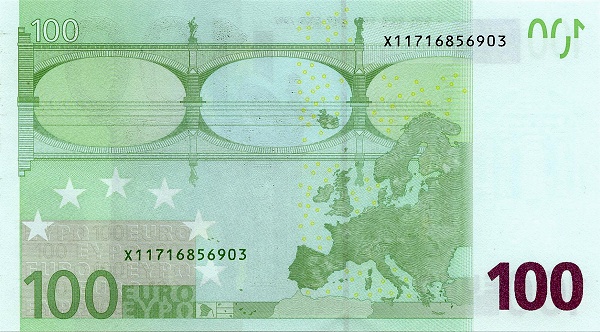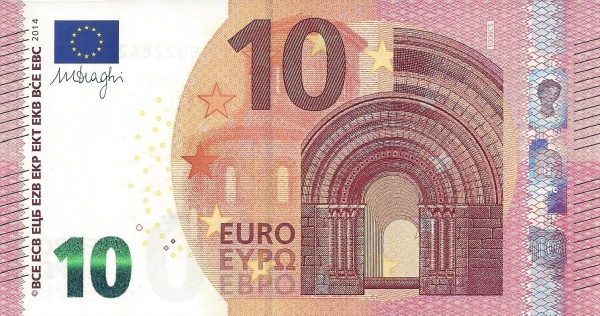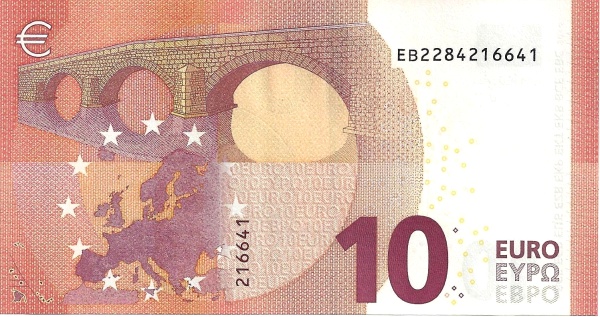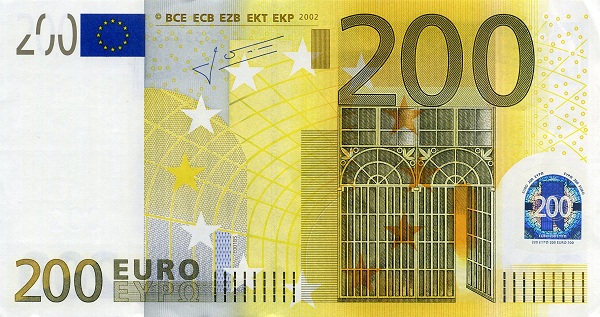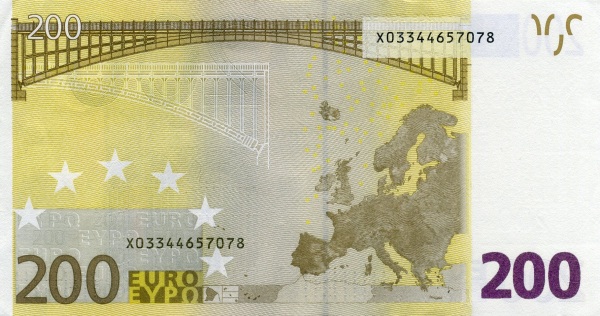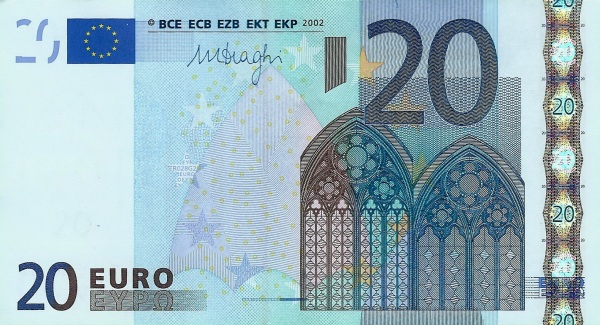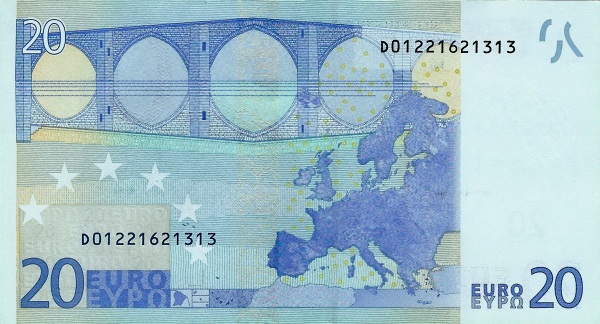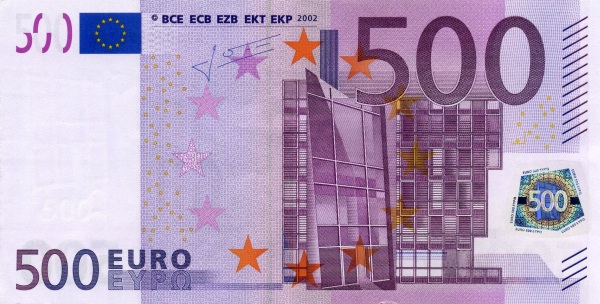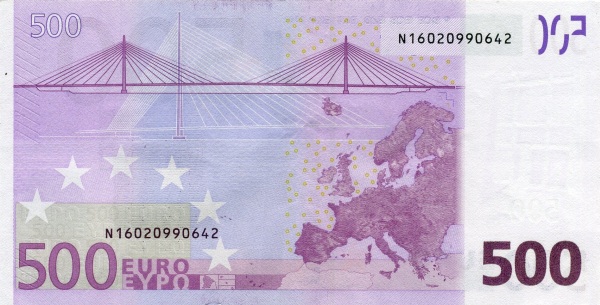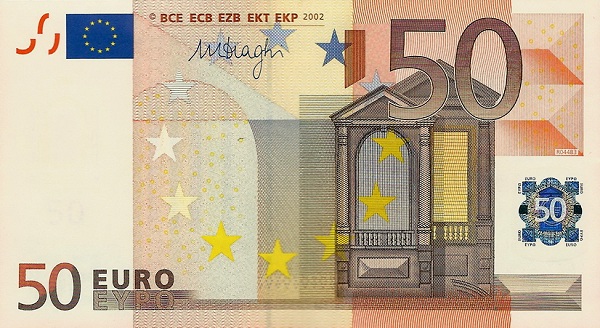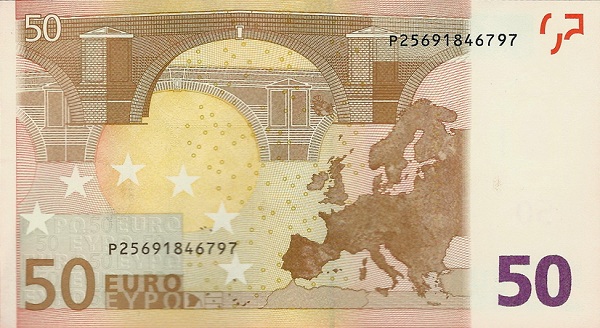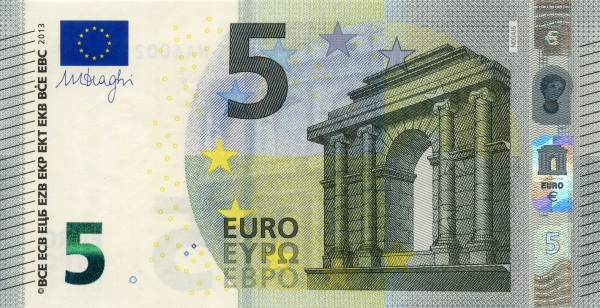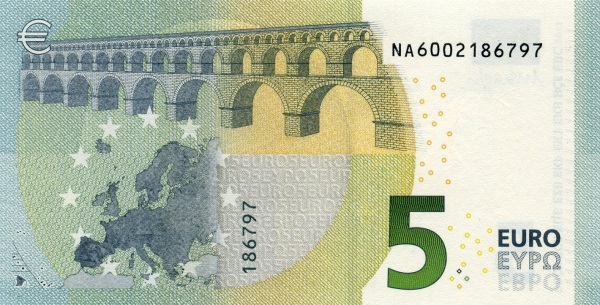Explore the Rich Heritage of Ireland
When we consider Ireland, the enchanting land known for its stunning landscapes and vibrant culture comes to mind. This captivating island, part of the British Isles, lies just west of Great Britain. Occupying a substantial portion of the island, the Republic of Ireland covers roughly four-fifths of its land area. Conversely, the remaining one-fifth is home to Northern Ireland, which is currently part of the United Kingdom. With an impressive area of 70,273 km², Ireland holds a unique position; it is approximately twice the size of Denmark and slightly larger than the state of West Virginia in the United States.
As of 2020, almost 5 million people call this beautiful nation home, with Dublin serving as the capital and largest city. In terms of language, the people of Ireland primarily speak Irish, which is the official language, alongside English. This linguistic diversity reflects the rich cultural tapestry of the nation, further enriched by its history and traditions.
Historical Context of Ireland
To truly appreciate Ireland, one must explore its history. The island experienced a turning point during the failed Easter Monday Rebellion of 1916. This event sparked years of intense guerrilla warfare that ultimately led to the independence of the 26 southern counties from the United Kingdom in 1921. Meanwhile, the six northern counties, known as Ulster, decided to remain part of Great Britain.
In 1948, the Republic of Ireland made a significant move by withdrawing from the British Commonwealth. Later, in 1973, Ireland joined the European Community, marking a milestone in its international relations. Throughout the years, the Irish government has consistently advocated for the peaceful unification of Ireland, fostering cooperation with Britain to combat various terrorist groups.
The peace settlement for Northern Ireland, approved in 1998, marked a new chapter in the island's history. This landmark agreement aimed to address long-standing issues and foster stability. Effective from the following year, the agreement played a crucial role in paving the way for a more peaceful coexistence among the regions.
The Government Structure of Ireland
Transitioning to the political landscape, Ireland operates as a constitutional republic with a parliamentary system of governance. The Oireachtas serves as the national parliament, which includes the president and two key chambers: the Seanad Éireann (Senate) and the Dáil Éireann (House of Representatives). Within this structure, the president occupies the position of the chief of state, while the head of government is known as the Taoiseach, commonly referred to as the Prime Minister.
Furthermore, the selection of the cabinet is the responsibility of the prime minister, who is appointed by the president. Although the president holds important ceremonial powers, the dynamic between these roles ensures a system of checks and balances within Ireland's political framework.
Cultural Insights into Ireland
Culture in Ireland presents a fascinating mix of ancient traditions and modern influences. The nation is world-renowned for its rich literary heritage, producing influential figures such as James Joyce and W.B. Yeats. In addition to literature, the Irish have made significant contributions to music; traditional Irish music with its lively jigs and haunting ballads continues to capture hearts both domestically and internationally.
Moreover, the compelling landscapes of Ireland enhance its cultural allure. The breathtaking Cliffs of Moher and the serene Ring of Kerry draw countless visitors annually. The majestic scenery blends seamlessly with the country's history, creating a unique and enchanting experience for those who embark on this journey.
The Economic Landscape of Ireland
Economically, Ireland has undergone significant transformation over the years. Once labeled as a country in need, it has emerged as a dynamic economy with a focus on technology, pharmaceuticals, and financial services. Major multinational corporations have established their European headquarters here, attracted by favorable corporate tax rates and an educated workforce.
Thus, Ireland has transformed from an agricultural society to a modern market economy, showcasing resilience and growth. The emphasis on innovation and education continues to drive this progress, propelling the nation into a bright future.
The Role of Agriculture in Ireland
Despite its modernization, agriculture remains a cornerstone of Ireland's economy. The lush green pastures are ideal for grazing, particularly cattle and sheep. Dairy farming also plays a vital role, contributing significantly to the country's exports. Irish products, especially dairy, are recognized for their quality and are in high demand worldwide.
Tourism: A Pillar of Ireland's Economy
Tourism also serves as a crucial industry for the economy of Ireland. Visitors flock to explore historical sites like Newgrange and the Rock of Cashel, showcasing the country's rich heritage. Furthermore, events such as St. Patrick's Day celebrate Irish culture and tradition, attracting tourists from around the globe.
Indeed, tourism fuels economic growth while promoting Ireland's cultural legacy to a broader audience. The blend of history, natural beauty, and vibrant culture makes this island a hotspot for travelers seeking unique experiences.
Conclusion
In conclusion, Ireland, with its rich historical background and vibrant culture, continues to captivate hearts worldwide. The transition from a troubled past to a promising future underscores the resilience of its people. As they embrace modernity while cherishing tradition, Ireland stands as a testament to the enduring spirit of its nation. Visitors can expect an unforgettable experience filled with warmth, hospitality, and breathtaking landscapes that define this remarkable country.
Largest cities of: Ireland
| City Name | Population | Year of foundation | |
| Dublin | 1,173,179 | 841 | |
| Cork | 210,000 | circa Cork 1000 | |
| Limerick | 102,404 | n/a | |
| Galway | 79,510 | 1180 | |
| Waterford | 53,281 | 1170 | |
| Drogheda | 41,000 | 1194 | |
| Sutton | 25,000 | 1000 | |
| Kilkenny | 24,000 | 1195 | |
| Tralee | 23,364 | 1200 |
Ireland: Money
